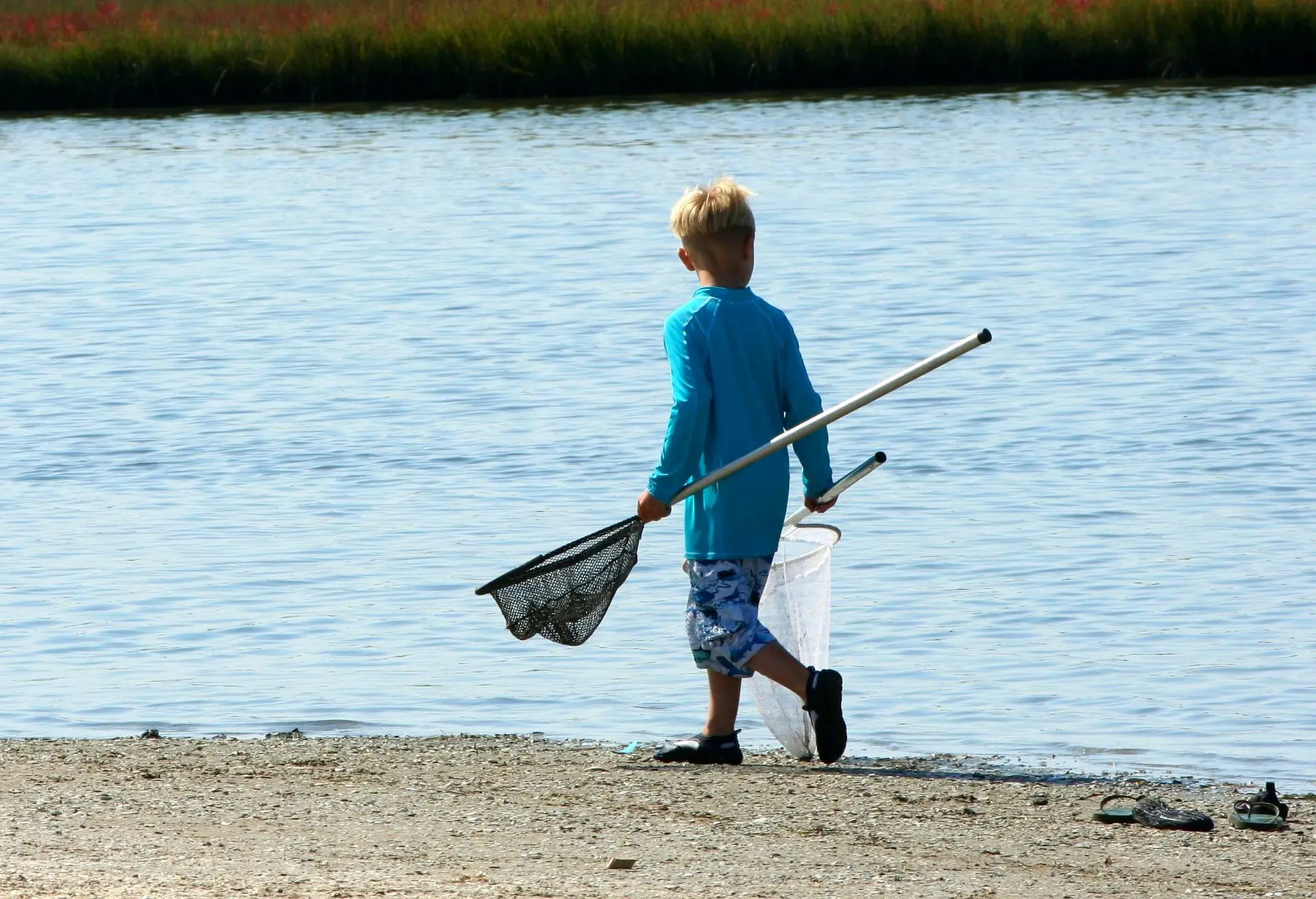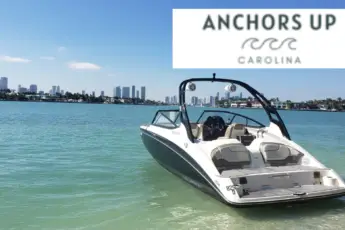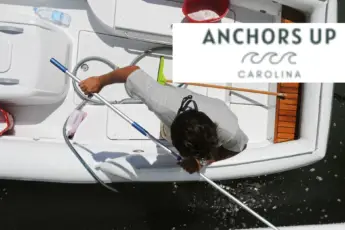Anglers in Georgia, South Carolina, and North Carolina have the opportunity to catch salt and freshwater fish between lakes, rivers, creeks, reservoirs, coastal waters, and the Atlantic Ocean. While salt and freshwater fish make excellent meals, keeping everything landed by boat or from shore is not necessary. All fishes outside of size limits must be released carefully back into the water. It is essential to release fish properly when engaging in catch and release fishing.
Why Would You Practice Catch And Release
While there are ample varieties of delicious tasting fish swimming in Georgia, South Carolina, and North Carolina’s waters, they are not all dropped in the icy cooler.
Fish populations are managed and regulated by the state’s conservation departments in order to preserve quality of fishing. The conservation teams research populations and growth rates to determine the size and quantity of fish that are to be harvested per day. In some situations, the possession of particular species is illegal.
Despite a fish falling within the legal criteria regarding harvesting, fish are not kept by every angler.
Anglers are put in a position to release fish whether they choose to or not. Practicing catch and release is crucial to maintaining healthy populations. Additionally, handle the fish with care to avoid injury or death.
Lastly, fishers practice catch and release after catching enough fresh fish for a meal compared to wasting or freezing.
What Tools Are Needed For Catch And Release
Having tools on hand and ready to access makes the task of releasing fish more straightforward and time-effective.
Here is a list of the essential tools for safely removing a fish from the hook before releasing it.
Fishing Net
A fishing net is highly beneficial because it prevents the anglers from overhandling or dropping the fish. The net creates a basket that allows the fish to be carefully lifted out of the water while supported.
Pliers
A second important piece of equipment is pliers. Pliers assist the angler with removing hooks that are lodged in the mouth. Avoid becoming injured by sharp teeth or hurting the fish forcing fingers into confined spaces like gills. Here are 4 things to know about fishing pliers.
Fishing Rag Or Gloves
Fish are coated in a protective, which must remain in place. To avoid removing the slim coat, wet a rag or dip gloves in the water.
A second benefit to gloves or a rag is to reduce the likelihood of dropping the fish. Dropping a fish results in death or severe injury and must be avoided.
Catch And Release Steps
Follow these steps when fishing, catching and releasing fish in Georgia, South Carolina, and North Carolina.
Step 1. Gather Your Tools
Before casting a line, have the pliers, net, and rag or gloves within reach to avoid the need to locate after a fish is out of the water.
Step 2. Catch Fish
Once the fish is hooked, fight and land with a net before bringing it into the boat or onto the shore.
Step 3. Grab The Fishing Pliers And Rag or Gloves
After the fish is in the net, put on a pair of gloves or rag to handle the fish. While gathering the gloves or rag, keep the pliers within reach.
Step 4. Hold The Fish
Place one hand behind the head and the other on the tail to remove the fish from the net. Once out of the net, place the fish on the deck or soft ground and hold behind the head with one hand in the pliers in the other.
Step 5. Remove The Hook
While holding the fish without touching the gills or squeezing tightly, hold the pliers in the opposite hand and remove the fishing hook from the mouth.
Step 6. Return Both Hands To The Fish
After the hook is removed, return one hand beneath the head and the other on the tale to move without dropping.
Step 7. Return The Fish To The Water
Carefully return the fish to the water but do not release your grip from the tail. Allow the fish to regain its energy before setting free to swim away.
Step 8. Repeat The Process
Catch as many fish as you can in one day and repeat the release in as short a time span as possible to minimize injury to the fish.
Now You Know How To Release A Fish
Fishing is a fun sport enjoyed by anglers of all ages and experience levels. The waters of Georgia, South Carolina, and North Carolin offer fertile grounds because of the regulations in place. Remember, not all fish are intended for the cooler. Never waste fish release what you cannot eat, and practice catch and release. Check out the regulations in your state.






